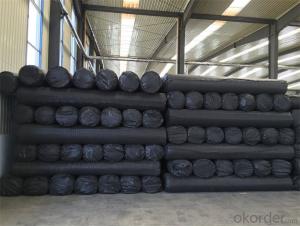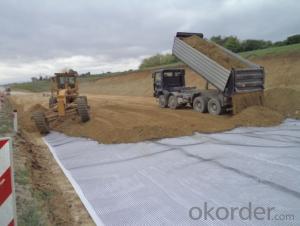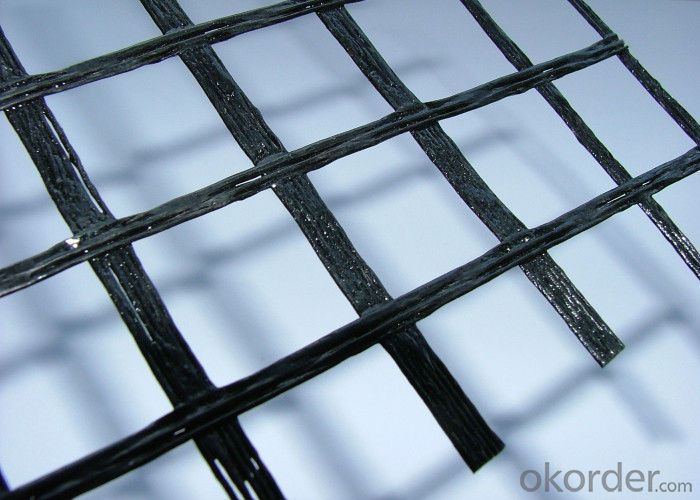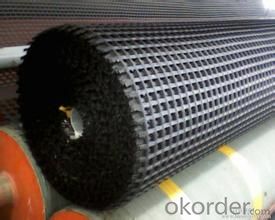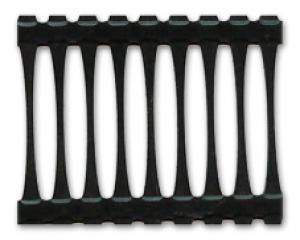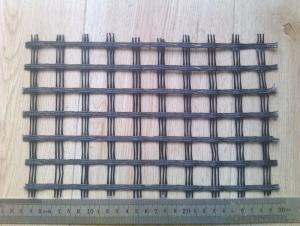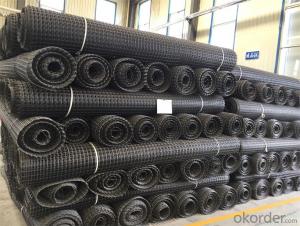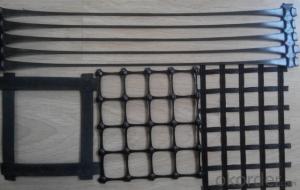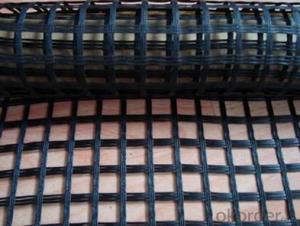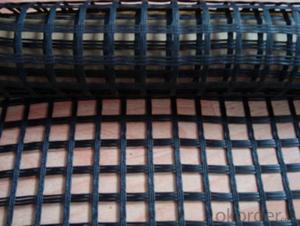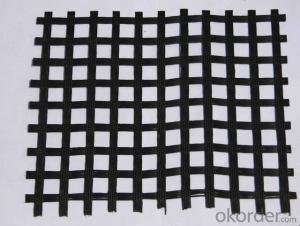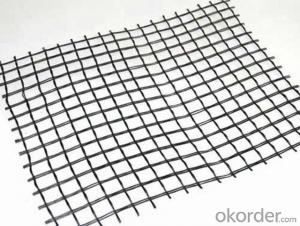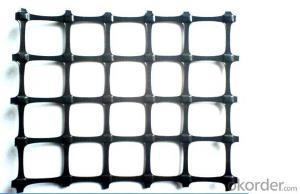Interlock Fiberglass Geogrids with CE ISO Certification
- Loading Port:
- Tianjin
- Payment Terms:
- TT or LC
- Min Order Qty:
- 2000 m²
- Supply Capability:
- 100000000 m²/month
OKorder Service Pledge
OKorder Financial Service
You Might Also Like
Fiberglass Geogrid With CE ISO certification
Intriduction of Fiberglass Geogrid:
CMAX fiberglass georid is based on fiberglass woven cloth with modified bitumen or PVC, it was developed to address the problem of pavement cracing on highways, roads and runways, driven by a need to reduce cost for infrastructure maintanance and repair.
It is a characterized by high tensile strength in axial and lateral direcions,low stretch rate, alkali-resistance, low temperature-resistance, as well as convenience in construction and low price. It can be on pitch pavement to prevent cracks and prolong pavement service life. It also can be used as a basal reinforcement material for hillsides, reservoirs,harbors,ports,water channels,seawalls,etc.
Advantages of Fiberglass Geogrid:
High strength, high modulus and low temperatures resistance.
Applications of Fiberglass Geogrid:
1. It reinforces old asphalt concrete road surface and asphalt surface layer, and prevents damage;
2. it used for rebuilding cement concrete road surface into composite road surface and restraining reflection caused by block contraction;
3. it is used in road expansion and improvement project and crack caused by old and new combination position and uneven sedimentation;
4. it is used in soft soil base reinforcement treatment ,is favorable for soft soil water separation and concretion, restrains sedimentation effectively, distributes stress uniformly and improve overall strength of road base;
5. it is used for preventing contraction crack caused by new road semi-rigid base layer, and reinforcing and preventing road surface crack caused by foundation crack reflection
Specifications of Fiberglass Geogrid:
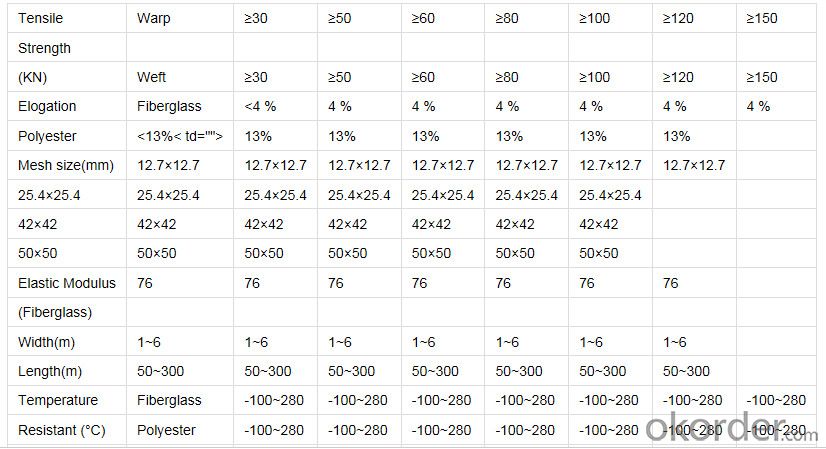
FAQ:
1. Which payment do you accept?
For you convinience,our payment can be L/C,TT
2. Is free sample available?
We can supply free samples. You'll just need to pay for express cost.
3. How about your quality?
We have strict quality control system, we make testing on incoming raw material and finished products. Our products are with much higher standard than Chinese standard, and it can reach CE certification. Your third party testing is also welcomed. With high quality, our products are used on government projects at home and abroad. Our product quality is accepted by clients from all over the world.
Photos of Fiberglass Geogrid:
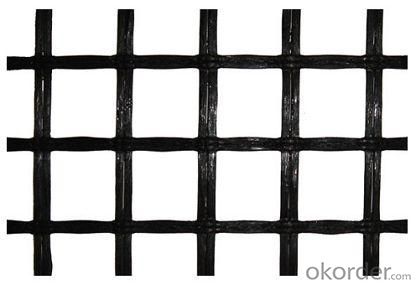
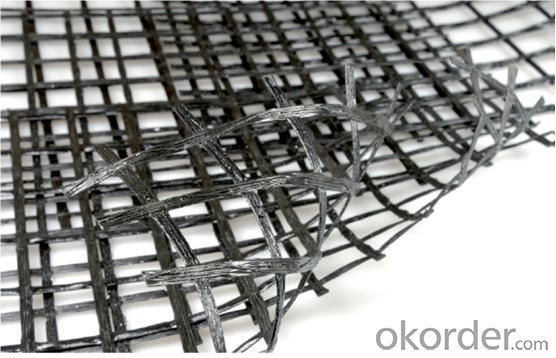
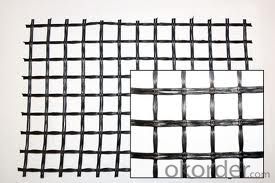

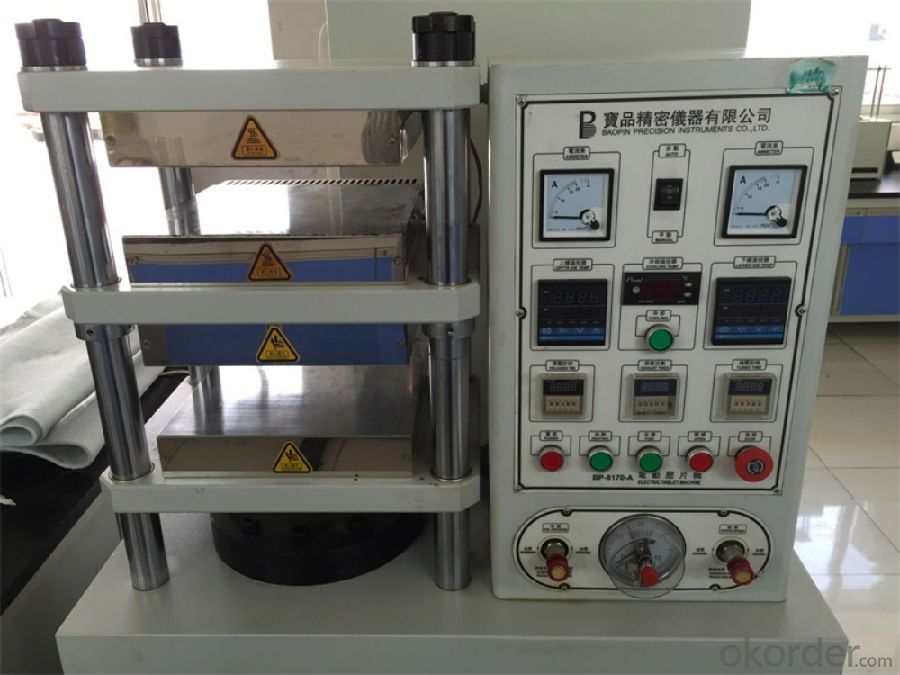
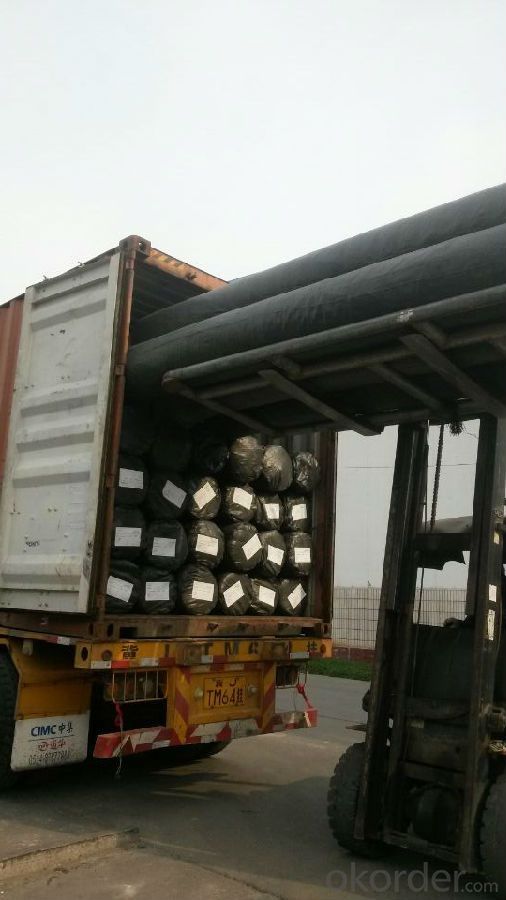
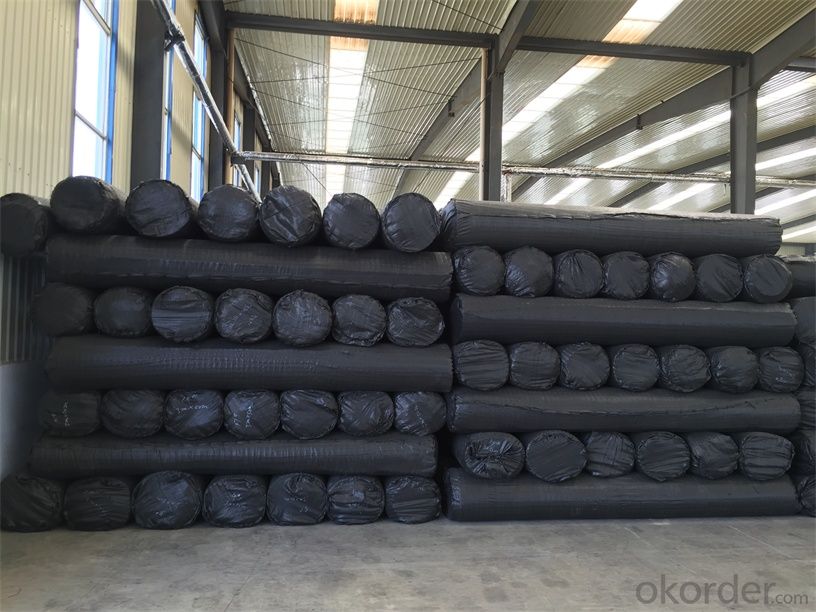
- Q: What are the criteria for the use of plastic geogrid
- Warp knitted grating, steel plastic grille, plastic grille, fiberglass grille
- Q: How do geogrids enhance the performance of reinforced embankments?
- Geogrids enhance the performance of reinforced embankments by providing a stable and strong reinforcement layer. They distribute and transfer loads more efficiently, reducing lateral spreading and settlement. Geogrids also increase the overall stability of the embankment, preventing erosion and maintaining its integrity over time.
- Q: Can geogrids be used in geotechnical engineering?
- Yes, geogrids can be used in geotechnical engineering. Geogrids are commonly used for soil stabilization, reinforcement of retaining walls, and improving the performance of paved and unpaved roads. They provide tensile strength to soils and help distribute loads more efficiently, making them a valuable tool in geotechnical engineering projects.
- Q: Plastic two-way geogrid hole 4 cm thick, 1 mm wire width of 4 mm
- So I can give you a good price
- Q: How do geogrids improve the performance of bridge abutments?
- Geogrids improve the performance of bridge abutments by providing reinforcement and stability to the surrounding soil. They act as a barrier against soil movement, preventing erosion and settling, which can cause damage to the abutments. Additionally, geogrids distribute the load more evenly, reducing stress concentration and increasing the overall strength of the bridge abutments.
- Q: Can geogrids be used in erosion control on slopes and hillsides?
- Yes, geogrids can be used effectively in erosion control on slopes and hillsides. Geogrids are commonly used to reinforce soil and provide stability, preventing erosion and soil movement. They help to distribute loads and enhance the strength of the soil, reducing the risk of erosion on slopes and hillsides.
- Q: Can geogrids be used in shoreline protection against wave action?
- Yes, geogrids can be used in shoreline protection against wave action. Geogrids are a type of geosynthetic material that can provide reinforcement and stabilization to slopes and retaining walls. When used in shoreline protection, geogrids can help reduce erosion and prevent the loss of land by reinforcing the soil and preventing it from being washed away by wave action.
- Q: How do geogrids improve the performance of reinforced soil slopes in expansive soils?
- Geogrids improve the performance of reinforced soil slopes in expansive soils by providing additional tensile strength and stability. They act as a reinforcement layer, preventing soil movement and reducing the potential for slope failure. The geogrids distribute the loads evenly, minimizing stress concentration and enhancing the overall stability of the slope. Additionally, they help to control soil erosion and provide long-term durability, making reinforced soil slopes more resistant to the detrimental effects of expansive soils.
- Q: What are the criteria for Geogrid?Would like to know the price of Geogrid and geogrid manufacturers
- And then under the heating conditions of directional drawing. The unidirectional stretching grid is only drawn along the length direction of the plate, and the bidirectional stretching grid is made by stretching the unidirectional stretching grid in the direction perpendicular to the length.
- Q: Can geogrids be used in mining and landfill applications?
- Yes, geogrids can be used in mining and landfill applications. Geogrids are commonly used in these industries to reinforce soil and provide stability to slopes, embankments, and retaining walls. They can enhance the strength and load-bearing capacity of the soil, making them suitable for various mining and landfill applications.
Send your message to us
Interlock Fiberglass Geogrids with CE ISO Certification
- Loading Port:
- Tianjin
- Payment Terms:
- TT or LC
- Min Order Qty:
- 2000 m²
- Supply Capability:
- 100000000 m²/month
OKorder Service Pledge
OKorder Financial Service
Similar products
Hot products
Hot Searches
Related keywords



